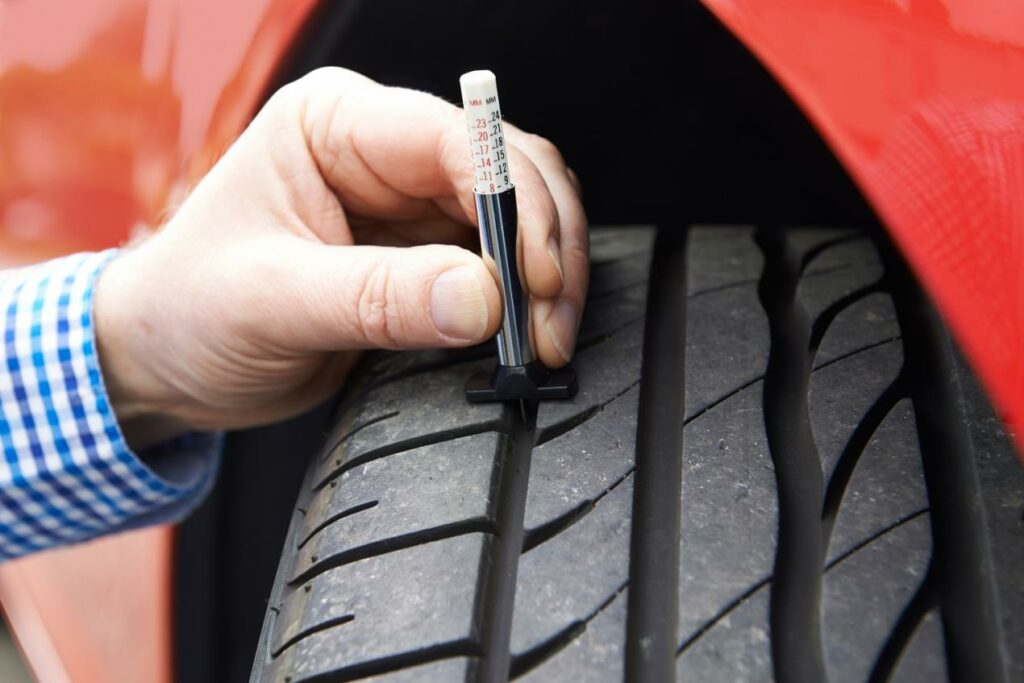Tyres named no.1 cause of MOT failures, accounting for 1 in 5 failed tests

Tyres are the leading cause of MOT failures on British roads, according to new research.
Insurance experts at Howden Insurance found tyre problems account for nearly one in five test failures nationwide through analysis of MOT test data for cars from the Home Office.
Tyres caused 7,147,058 failed tests, which represented 18.60% of all failures reported by testing stations. Most cars failed because their treads had worn below the legal 1.6mm minimum depth. Before your test, you can simply insert a 20p coin into the grooves of your tyre – if the outer band of the coin is visible, the tread is likely too low, and your tyres will therefore need replacing.
Suspension arms ranked second in the failure league. These components caused 2,673,089 cars to fail, or 6.96% of total failures. Testers mainly rejected vehicles with excessively worn pins and bushes.
Brake discs and drums came third. They racked up 2,207,367 failures, or 5.75% of the total. Seriously weakened brake discs were the primary culprit in this category, posing significant safety risks to drivers and passengers alike.
The fourth spot belonged to brake systems. These caused 1,733,591 MOT disasters, with rigid brake pipes suffering excessive corrosion being the main issue.
Suspension problems followed closely with 1,711,591 failures, typically due to shock absorbers developing serious fluid leaks that compromised vehicle handling and stability during emergency manoeuvres.
Worn brake pads resulted in 1,685,494 failures, where most had pads thinner than 1.5mm. Broken coil springs accounted for another 1,591,337 failures.
Lighting problems left 1,502,224 drivers in the dark, where registration plate lamps not working was the typical issue. Poor visibility caused 1,449,659 failures, usually because wipers couldn’t clear windscreens properly.
Anti-roll bar defects completed the top ten with 1,317,492 failures, mainly from excessively worn ball joints.




